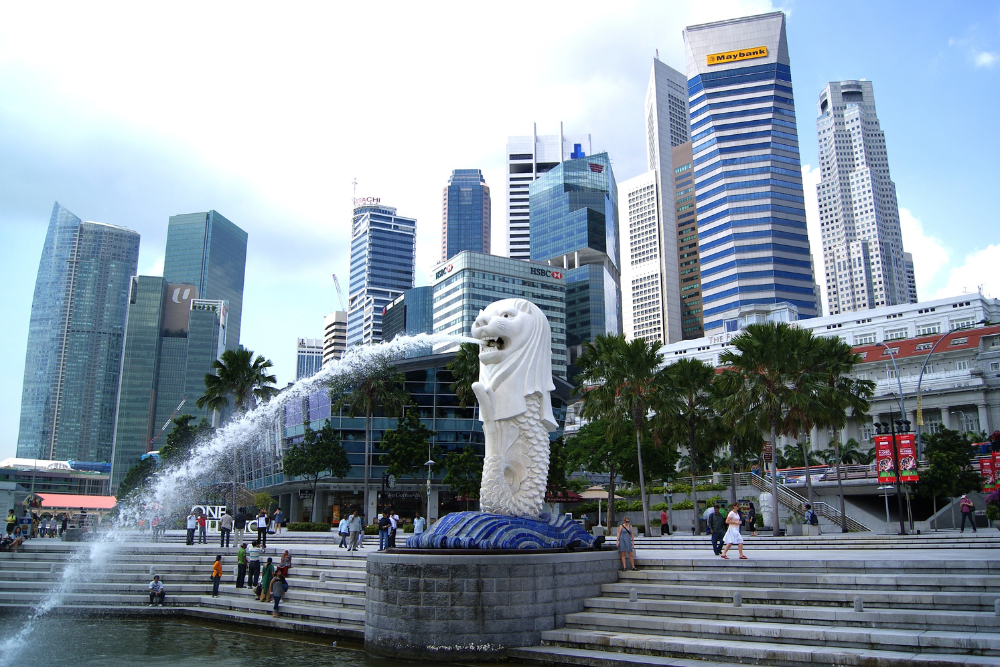Singapore, a melting pot of diverse cultures, is home to a rich tapestry of traditional arts and crafts that reflect its multicultural history. From intricate handicrafts to vibrant performances, these traditional arts continue to play a significant role in the city-state’s cultural landscape. Whether you’re interested in exploring the indigenous arts of the Malay, Chinese, Indian, or Peranakan communities, or simply curious about the artistic expressions that have shaped Singapore’s identity, this guide will introduce you to the traditional arts and crafts that remain integral to the country’s heritage.
1. Peranakan Beadwork and Embroidery

Best for: Handicraft lovers, cultural history enthusiasts
The Peranakan culture is a blend of Malay and Chinese heritage, and one of its most recognizable artistic expressions is Peranakan beadwork. The vibrant colors and intricate designs of kebaya (traditional blouse) embellishments and bejewelled slippers (known as kasut manek) are made with tiny glass beads sewn into beautiful patterns.
- Highlights:
- Beadwork: The art of beadwork is typically used to adorn kebayas and other garments. The beads are sewn into floral and geometric patterns that are symbols of prosperity, health, and good fortune.
- Embroidery: Peranakan embroidery is another craft that showcases meticulous craftsmanship. Batik designs are often embroidered onto fabric, creating elaborate patterns that reflect the fusion of cultures.
Where to Experience It: Visit the Peranakan Museum in Singapore to learn more about the history and significance of Peranakan culture and explore examples of these stunning artworks.
2. Chinese Paper Cutting

Best for: Art collectors, cultural explorers
Chinese paper cutting is an ancient craft that has been practiced for centuries and is particularly associated with celebrations like Chinese New Year and weddings. This delicate art involves intricate designs that are created by cutting paper into shapes using scissors or knives.
- Highlights:
- Traditional Designs: Common motifs in Chinese paper cutting include flowers, animals (like the dragon and phoenix), and symbols of good fortune such as the double happiness symbol.
- Window Decorations: Traditionally, these paper cuttings were used as decorations for windows, doors, and lanterns during Chinese festivals.
- Modern Adaptations: While the tradition continues, modern paper-cutting artists in Singapore also experiment with contemporary themes and intricate designs, making it both a traditional and evolving craft.
Where to Experience It: Chinese paper cutting can be found at Chinatown during festive seasons, where artisans display their works. You can also find workshops hosted by local artists who are eager to share the craft.
3. Malay Batik

Best for: Textile enthusiasts, fashion lovers
Batik is a traditional fabric dyeing technique that is popular in the Malay community. The process involves using wax to resist dye on fabric, creating intricate patterns. The result is a stunning piece of cloth often used for clothing, scarves, and home decor. Malay batik is known for its soft color palette and floral motifs, often reflecting nature and life in its designs.
- Highlights:
- Natural Dyes: Traditional batik in Singapore often uses plant-based dyes, producing subtle hues that are environmentally friendly.
- Patterns and Designs: Malay batik frequently features floral designs, birds, and geometric shapes, representing nature and harmony.
- Batik Painting: Beyond fabric, batik art is also used to create painted artworks on canvas, giving it a contemporary twist.
Where to Experience It: Visit the Malay Heritage Centre to learn more about Malay cultural practices, including batik. Many local batik shops in Kampong Glam also sell authentic pieces of batik fabric.
4. Indian Kolam and Rangoli

Best for: Festival-goers, cultural admirers
Indian art forms like Kolam and Rangoli are decorative patterns created using colored powders, rice flour, and flowers. These artworks are commonly made during Hindu festivals, such as Deepavali (Diwali) and Pongal, as a way to welcome guests, deities, and good fortune.
- Highlights:
- Kolam: A traditional form of decorative floor art that is usually drawn outside the doorways of homes. Kolams are intricate, symmetrical designs that are often created early in the morning to start the day on a positive note.
- Rangoli: Similar to Kolam, Rangoli is a form of colorful floor art that involves arranging powdered colors, flower petals, or even sand to create elaborate designs. The patterns can range from geometric shapes to representations of nature or gods.
- Festivals and Celebrations: These crafts are predominantly seen during festivals like Diwali, where homes and temples are adorned with Kolam and Rangoli designs as offerings for prosperity.
Where to Experience It: During festivals like Deepavali, you can witness vibrant displays of Kolam and Rangoli across Little India. Local temples and cultural centers also host workshops and exhibitions showcasing these crafts.
5. Wood and Stone Carving
Best for: Artisanship, heritage enthusiasts
Wood and stone carving have long been central to traditional craftsmanship in Singapore. These materials are used to create functional and decorative items, from intricate furniture and religious idols to sculptures and architectural features. Stone and wood carving also reflect the craftsmanship of Singapore’s early settlers, particularly the Chinese, Malay, and Indian communities.
- Highlights:
- Wood Carving: The Malay community in Singapore is known for creating beautiful wooden artifacts, including intricate carvings found in furniture, door panels, and even ceremonial masks.
- Stone Carving: Stone carving, used in both religious and artistic applications, is seen in temples and public spaces. Indian and Chinese temples often feature detailed stone carvings of deities and mythical creatures.
- Modern Adaptations: Contemporary artisans are adapting traditional stone and wood carving techniques, combining them with modern designs and practices.
Where to Experience It: For a look at traditional stone and wood carvings, visit the Chinatown Heritage Centre or the Malay Heritage Centre. In the Little India district, you may also find artisans who still practice these ancient techniques.
Conclusion
Traditional arts and crafts in Singapore offer a fascinating insight into the country’s rich and diverse cultural heritage. From the delicate beadwork of the Peranakan community to the vibrant performances of Chinese opera and Indian classical dance, these art forms continue to thrive in modern-day Singapore. Visiting museums, heritage centers, and local markets is a great way to explore these crafts and learn about the stories behind them. Whether you’re a collector, a history lover, or simply curious, Singapore’s traditional arts and crafts provide an enriching experience that connects the past to the present.












